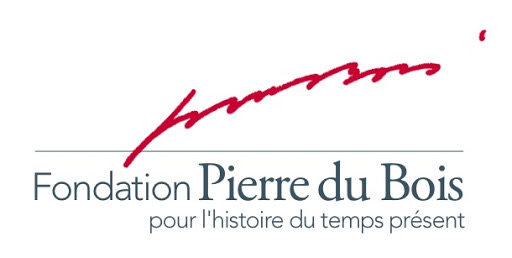The Middle East and North Africa (MENA) was a key arena in the global Cold War. Although much has changed in MENA since end of the Cold War in the 1980s, public and scholarly interest is unbroken both in that space and that time. This is because today, again, multiple major outside powers including the United States, China, Russia, and the European Union are competing and/or cooperating in the region, and as major states in the region such as Saudi Arabia, Iran, Turkey, and Iran are even more than in the Cold War asserting their own power, some even beyond MENA.
Given this complex present-day reality, the time is ripe for a conference that brings together exciting established and new voices in the historical study of the Cold War in MENA.
Crucially, the historiography on the Cold War in MENA has developed rapidly and excitingly in the last two decades. While political and economic topics remain well-studied, other fields are blooming, too, and whereas outside actors like the United States or the Soviet Union are still well-present in histories, additional non-MENA state and non-state actors and MENA state and non-state MENA actors are becoming an integral part of the stories we tell.
To cover the historiographic spectrum in its entirety, we bring together scholars from Europe and overseas whose work broadly speaking covers two fundamental aspects. Each aspect will be covered in one day of our two-day conference.
Day 1 is called “Cold War MENA and the wider world.” It starts with a keynote by a leading scholar and historian of the Cold War in general: Jussi Hanhimäki. The following presentations focus mainly but not only on political, economic, and strategic relationships. Non-MENA actors’ roles are as important in these chapters as MENA actors’ roles. And while both governmental and non-governmental actors appear, the former are at least as important as the latter. In a sense, the presentations here will be a contemporary version (i.e. one including MENA actors and non-governmental, societal actors) of a more classical account of the Cold War―one pivoting around hard power, non-regional actors, and governments.
Day 2 is titled “Themes.” Here, each chapter focuses on how especially MENA actors experienced and helped shape a particular theme in ways that were linked to the Cold War. Non-MENA actors appear here, too, but tend to be less important than MENA actors. And while both governmental and non-governmental actors appear in these chapters, the latter will be at least as important as the former. The presentations in this second day reflect more recent approaches to the study of the Cold War that foreground regional actors, non-governmental actors, and themes that go beyond hard power. The second day ends with a an hour-long final discussion.





